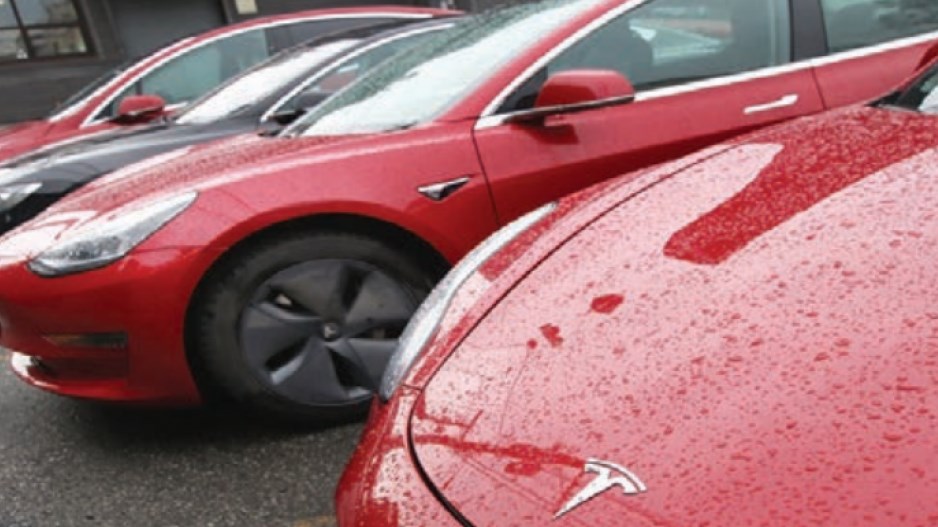Meeting the 2030 targets for electric vehicle mandates adopted by Western governments would require 388 new mines, says the Fraser Institute.
“The sheer scale of mining required to meet EV mandates raises serious questions about the timelines being imposed by governments,” Kenneth Green, senior fellow at the Fraser Institute and author of a new study on the metals demand from EV mandates, said in a news release.
Canada and some of its provinces are among the national and sub-national governments that have made commitments to phasing out internal combustion engine (ICE) passenger cars. The main instrument for meeting targets is zero emission vehicle mandates.
The Trudeau government’s ZEV mandate requires that 100 per cent of all new passenger vehicles sold in Canada must be zero-emission by 2035. This can be electric or hydrogen fuel cell vehicles. In the U.S., the target is 50 per cent by 2030.
To underscore how ambitious these mandates are, the Fraser Institute studied the metals that would be required and concluded the world will need 388 new mines.
The report estimates that a typical electric car uses about 40 kilograms of nickel, 50 kilograms of copper, and 10 kilograms of lithium.
“Barring breakthrough developments in battery technology, this massive and rapid expansion of battery-electric vehicle production will require a correspondingly massive and rapid expansion of the mining and refining of the metals and rare earth elements critical to battery-electric vehicle technology,” the report concludes.
It cites the International Energy Agency (IEA) to conclude that, if governments meet their EV adoption commitments, the world will need 50 new lithium mines, 60 new nickel mines, and 17 new cobalt mines.
“The materials needed for cathode production will require 50 more new mines, and anode materials another 40. The battery cells will require 90 new mines, and EVs themselves another 81.
“In total, this adds up to 388 new mines. For context, as of 2021, there were only 270 metal mines operating across the U.S., and only 70 in Canada. If Canada and the US wish to have internal supply chains for these vital EV metals, they have a lot of mines to establish in a very short period.”
The report notes that taking a new mine from discovery, through permitting, to production typically takes about 15 years.




